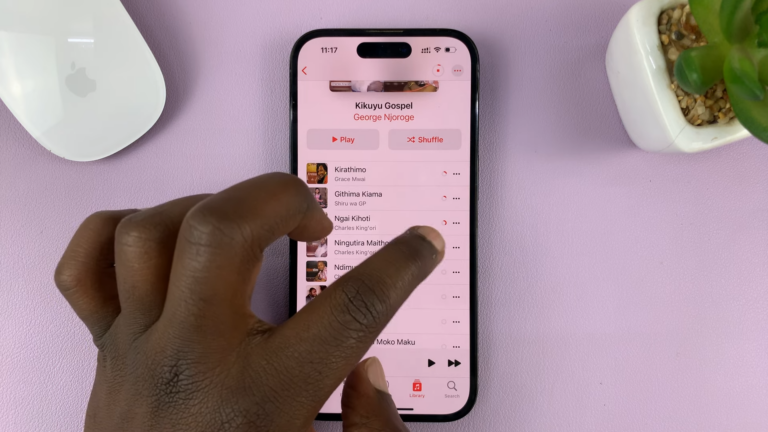The Angular FormBuilder is a powerful tool provided by the Angular Reactive Forms module that helps you create forms in a reactive style. It offers a concise way to build complex forms and allows you to easily handle form validation, data binding, and more.
To use the FormBuilder, you’ll need to import it into your component or service and inject it into your constructor.
import { FormBuilder } from '@angular/forms';
constructor(private fb: FormBuilder) { }
Once you have the FormBuilder available in your component, you can use its methods to create form controls and form groups.
To create a form control, you can use the control() method and pass in the initial value and any validators you want to apply.
const nameControl = this.fb.control('', Validators.required);
To create a form group, you can use the group() method and pass in an object where the keys are the names of the form controls and the values are the form control instances.
const formGroup = this.fb.group({
name: nameControl,
email: this.fb.control('', [Validators.required, Validators.email])
});
You can also nest form groups to create more complex forms.
const formGroup = this.fb.group({
personalDetails: this.fb.group({
name: nameControl,
email: this.fb.control('', [Validators.required, Validators.email])
}),
address: this.fb.group({
street: this.fb.control('', Validators.required),
city: this.fb.control('', Validators.required),
state: this.fb.control('', Validators.required),
zip: this.fb.control('', Validators.required)
})
});
Once you have your form set up, you can bind it to a template-driven or reactive form in your HTML template.
<form [formGroup]="formGroup">
<div formGroupName="personalDetails">
<label>Name:</label>
<input type="text" formControlName="name">
<label>Email:</label>
<input type="text" formControlName="email">
</div>
<div formGroupName="address">
<label>Street:</label>
<input type="text" formControlName="street">
<label>City:</label>
<input type="text" formControlName="city">
<label>State:</label>
<input type="text" formControlName="state">
<label>Zip:</label>
<input type="text" formControlName="zip">
</div>
</form>
You can then access the form data in your component by using the value property of the form group.
const formData = this.formGroup.value;
The FormBuilder also provides methods for handling form validation. You can use the valid and invalid properties to check the overall validity of the form, and the errors property to get a list of all the errors in the form.
if (this.formGroup.valid) {
// form is valid, do something with the form data
} else {
// form is invalid, display errors to the user
const errors = this.formGroup.errors;
}You can also use the `markAsTouched()` and `markAsDirty()` methods to manually set the `touched` and `dirty` status of form controls and form groups.
this.formGroup.markAsTouched(); this.formGroup.markAsDirty();
The Angular FormBuilder is a powerful tool that can help you create and manage forms in your Angular application. Whether you’re building a simple form or a complex one with nested form groups, the FormBuilder makes it easy to handle form validation, data binding, and more.


